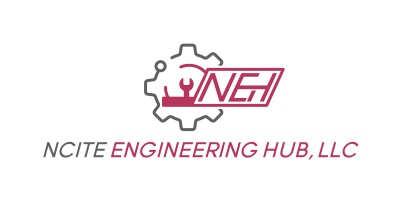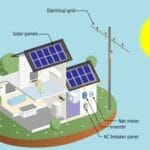- Course No E – 1919
- PDH Units: 2
No data found for Custom Course Number
No data found for Custom Course Units
- Course No E – 1919
- PDH Units: 2
Intended Audience: Civil and Environmental Engineers
Credits: 2 PDH Units
In this online engineering PDH course, data from a new-construction residential community equipped with rooftop solar and storage (S+S) is analyzed to determine the electricity cost savings that customers can realize by adopting demand-side resources. Demand-side resources include rooftop solar photovoltaics, batteries, building energy management systems, energy efficiency investments, electric vehicles and other small-scale assets distributed widely over the grid. Demand-side resources can provide grid services by, for example, charging batteries at night and then discharging them during the day at times of peak demand, thus decreasing the magnitude of the peak demand that the grid must supply. Maximizing the potential of demand-side resources involves incentivizing electricity customers to use those resources in ways that benefit the broader electric grid. These incentives depend largely on the electricity cost savings that customers can realize by adopting demand-side resources. Determining these potential cost savings is a complex task, as is made apparent in the course.
This course is based on the following document:
O’Shaughnessy, Eric, Dylan Cutler, Amanda Farthing, Emma Elgqvist, Jeff Maguire, Michael Blonsky, Xiangkun Li, et al. 2022. Savings in Action: Lessons from Observed and Modeled Residential Solar Plus Storage Systems. Golden, CO: National Renewable Energy Laboratory. NREL/TP-6A20-82103. https://www.nrel.gov/docs/fy22osti/82103.pdf
Learning Objectives
At the successful conclusion of this course, you’ll be able to identify and discuss:- Learning how to define customer scenarios for maximum usefulness
- Knowing how to calculate customer bill savings
- Understanding how to compare real-life system performance with computer models
- Determining drivers of bill savings
- Accounting for emissions costs
- Estimating savings from optimal dispatch
- Understanding the relative effects of S+S adoption and rate changes on consumer choices
Once completed, your order and certificate of completion will be available in your profile when you’re logged in to the site.










